Japan’s linguistic landscape extends far beyond textbook-standard Japanese. While mastering polite phrases like "arigatou gozaimasu" will serve travelers well, sprinkling in regional dialect phrases can spark delightful interactions with locals. These linguistic gems reveal cultural nuances and often earn appreciative laughs or surprised smiles. For visitors seeking deeper connections, learning a handful of dialect phrases functions as both an icebreaker and a sign of respect for local identities beyond Tokyo-centric culture.
Osaka’s boisterous charm comes alive through its distinctive Kansai-ben dialect. The phrase "ookini," meaning thank you, carries the warmth of shopkeepers in Dotonbori or market vendors at Kuromon Ichiba. Unlike the clipped Tokyo pronunciation, Kansai speakers stretch vowels with musicality—"maido ookini!" rings out like a cheerful acknowledgment of regular customers. Another essential is "honma?" (really?), perfect for reacting to Osaka’s legendary street food portions or unbelievable bargain deals at thrift stores in Amerikamura.
Venturing north to Tohoku, travelers encounter melodic variations that reflect the region’s snowy resilience. "Nda" replaces "desu" as a sentence-ending particle in Yamagata dialect—try "kore, oishii nda!" (this is delicious!) when sampling imoni stew during autumn festivals. In Sendai, adding "-ppe" to verbs shows familiarity: "Nomoippe!" means "Let’s drink!"—an invitation that might lead to sharing locally brewed sake with new friends at a standing bar near Jozenji Street.
Kyushu’s dialects roll with a languid rhythm matching the subtropical pace. Fukuoka’s "yoka?" (okay?) works wonders when negotiating yatai stall menus or deciding on Hakata ramen toppings. Down in Kagoshima, the affirmative "yai!" replaces "hai," useful when agreeing to try shochu tastings or confirming bus routes to Sakurajima. These syllables carry an earthy warmth that contrasts with metropolitan formality, often prompting locals to share personal dining recommendations or hidden onsen spots.
The Okinawan linguistic tradition stands apart as a cultural treasure. "Mensore" welcomes visitors with the spirit of southern hospitality—hotel staff might beam when greeted this way upon arriving in Naha. "Kwachii" (delicious) becomes a culinary mantra when savoring goya champuru or beniimo tart. These phrases preserve Ryukyu heritage; using them shows awareness of Okinawa’s distinct history beyond mainland Japanese stereotypes.
Even within Tokyo’s city limits, remnants of old Edo kotaba (speech) survive. "~ssu" endings among young creatives in Shimokitazawa or "~nai?" instead of "~masen ka" in shitamachi districts reveal subtle local pride. A well-timed "ja nai ka" (isn’t it?) at a sumo stall in Ryogoku might earn an approving nod from elderly residents who remember when this inflection dominated street conversations.
Dialect phrases serve as cultural shorthand that bypasses tourist-performer dynamics. When a Kyoto artisan hears "osushi ya nen" (it’s delicious, isn’t it?) in their native cadence, it acknowledges their craft’s regional roots. In Hiroshima, asking "kore, nan bai?" (how much is this?) at the Okonomimura food complex demonstrates engagement beyond superficial sightseeing. Such moments often lead to stories about family recipes or tips on lesser-known Miyajima tide times.
Pronunciation requires playful experimentation rather than perfection. The guttural "ga" in Niigata’s "~gane" endings or the swallowed consonants of Nagoya’s "~ra" verbs might feel unnatural initially. Locals typically appreciate the effort regardless—a Hokkaido farmer might chuckle at attempts to say "namara" (very) but then share extra melon slices as encouragement. These linguistic attempts become part of the travel narrative, remembered longer than flawless but impersonal textbook phrases.
Beyond practical utility, dialect phrases preserve intangible heritage in an increasingly homogenized Japan. Using Tottori’s "dandan" (thank you) at a crab fisherman’s stall or Kochi’s "~chi" verb endings at a Yosakoi festival performance helps sustain linguistic diversity. In return, travelers gain authentic interactions—perhaps an invitation to a private izakaya in Sapporo after correctly using "-shappe" or a handwritten map to secret shrines from a Nara shopkeeper charmed by "~ya" sentence endings.
The true magic lies in these phrases’ ability to transform transactions into connections. A simple "okinaganbaran" (take care) when leaving an Okinawan guesthouse might prompt the owner to share family photos. An excited "mecha umai!" (incredibly tasty!) in Osaka dialect could lead to a chef revealing his secret takoyaki technique. These linguistic bridges turn predictable itineraries into living journeys where language becomes not just a tool, but a doorway to Japan’s regional soul.
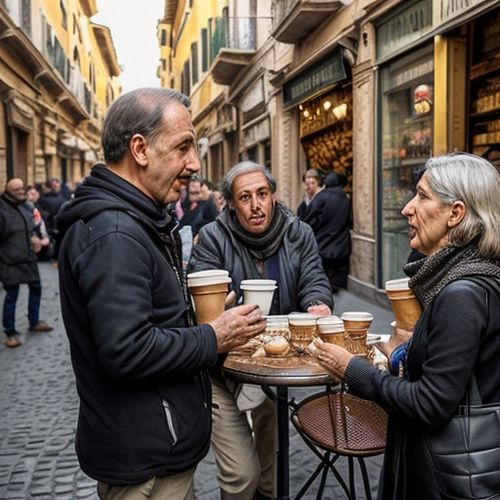
By Benjamin Evans/Apr 11, 2025
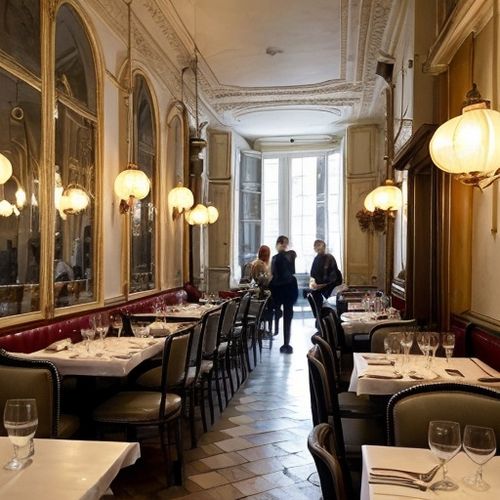
By Amanda Phillips/Apr 11, 2025
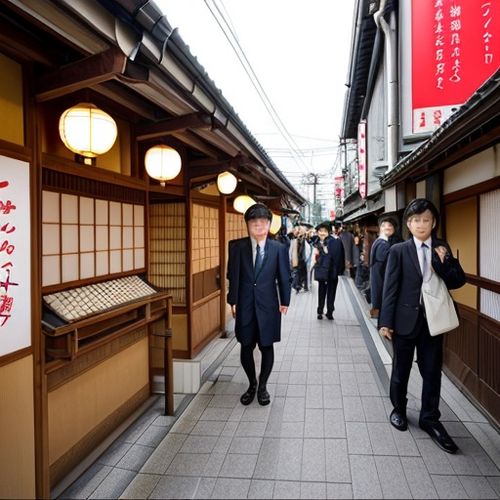
By Ryan Martin/Apr 11, 2025

By Sophia Lewis/Apr 11, 2025

By Samuel Cooper/Apr 11, 2025

By Laura Wilson/Apr 11, 2025
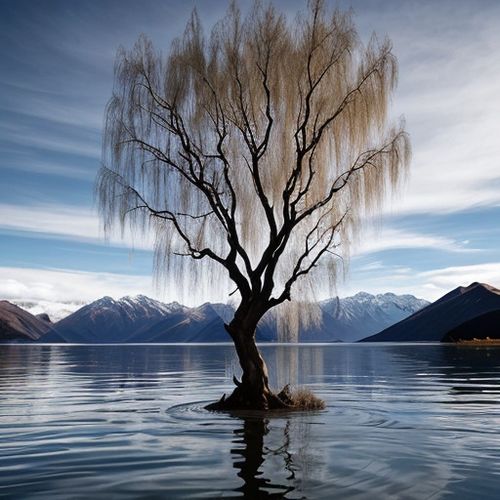
By Eric Ward/Apr 11, 2025

By Samuel Cooper/Apr 11, 2025

By Thomas Roberts/Apr 11, 2025
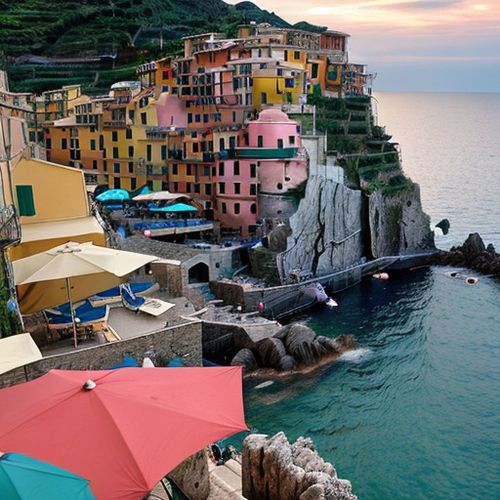
By William Miller/Apr 11, 2025
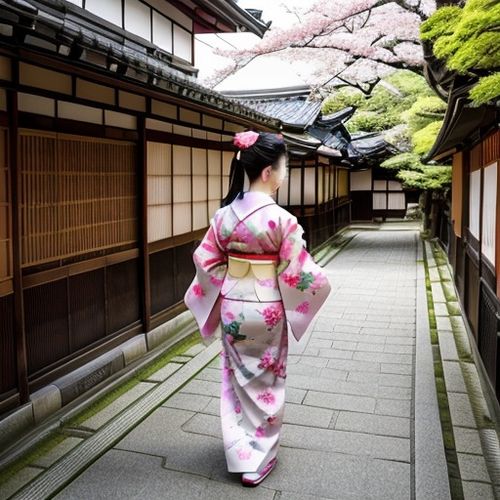
By Megan Clark/Apr 11, 2025

By Michael Brown/Apr 11, 2025
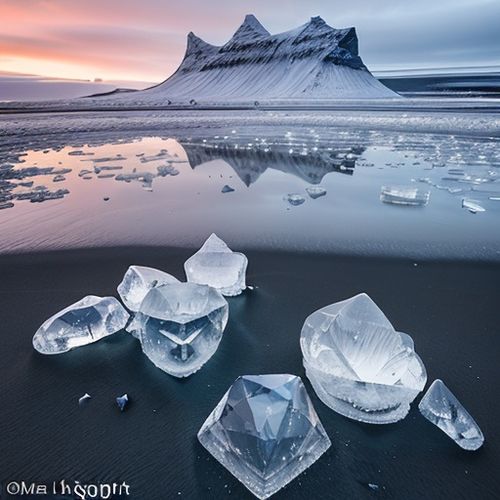
By Sarah Davis/Apr 11, 2025
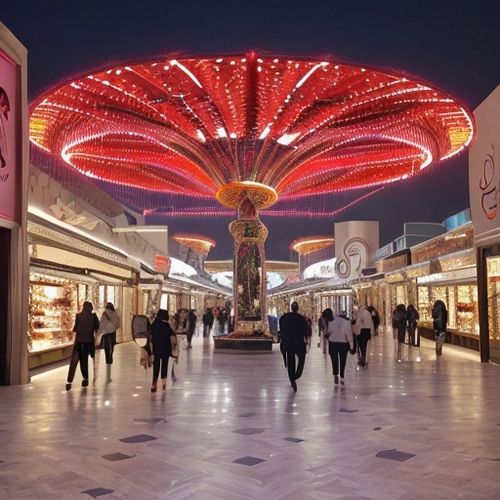
By Noah Bell/Apr 11, 2025

By Sophia Lewis/Apr 11, 2025
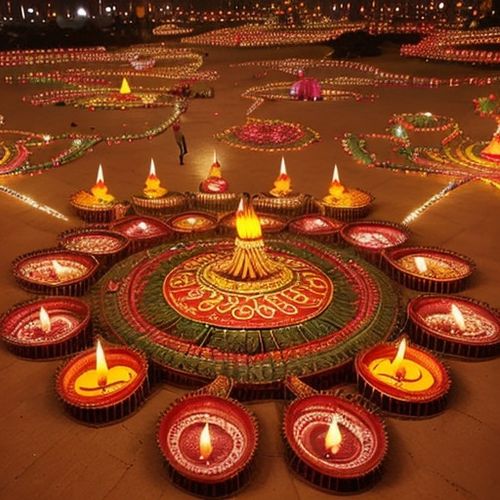
By Daniel Scott/Apr 11, 2025

By Samuel Cooper/Apr 11, 2025

By Joshua Howard/Apr 11, 2025

By Joshua Howard/Apr 11, 2025